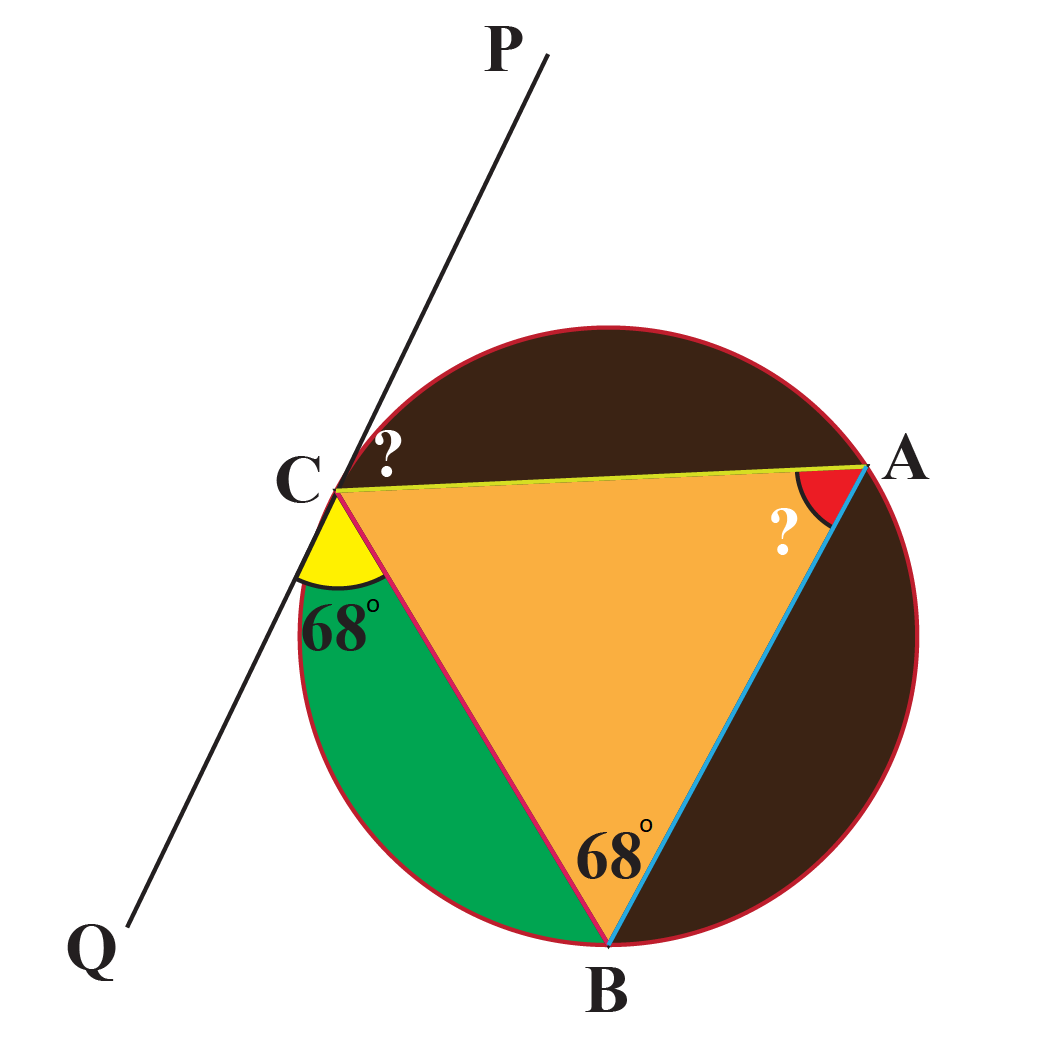

However, if you are a student, teacher, or just someone with an interest, you can copy part or all of the work for personal or educational use. Copyright : I reserve the right to publish this translated work in book form. 116, and in the following corollary, and these have been amended.īook II, Part III : Suitable geometric progressions are summed to infinity geometically to produce the areas of planar surfaces.īook II, Part IV : Suitable geometric progressions of cubes are summed to infinity geometically to produce the volumes and surface areas of certain cubical pyramids which are compared with parallelipeds. It contains the earliest statement of the cosine law for spherical. In addition, he has suggested stricter translations in the statement of Th. I wish to acknowledge the contributions made by Bob Burn (University of Exeter) regarding Book II, Part II, and I have been pleased to implement the changes he has suggested. are considered.īook II, Part II : A large number of geometric progressions are summed to infinity geometically to produce a finite limit. Thus, tasks we now accomplish using algebra are to be performed using classical Greek geometry instead.īook I, Part I : Proportions between line segments.īook I, Part II : A large number of theorems on properties of triangles and their uses.īook I, Part III : Concerning powers of line segments.īook II is concerned with Geometrical Progressions, considered geometrically.īook II, Part I : There is a long introduction on the use of geometric progressions and the limiting process for Gregorius had a fascination for Zeno's Paradox. ĬONTENTS The First Book establishes the geometrical tools to be used in particular the extended use of proportional quantities. Since this statement is obviously true, the fifth postulate follows.
#Circuli the statement pdf
Finally a pdf version of the original work is being used in the translation, which gets rid of the problems associated with microfiche. independentem: adjecta ad casum falsitatis, quadratura circuli geometrica. However, there is a place for this work in the history of mathematics, as it was one of the forerunners of the theory of integration, and the natural logarithm was developed from geometic progressions applied to hyperbolic segments - though the present work does not extend this far. The work received a lukewarm reception at the time (1647) as Gregorius asserted that he could square the circle, as the title indicates. At present only Books I and II have been translated here. This is the start of a truly mammoth book running to some 1250 pages. Vincent Books I & II translated and annotated by


 0 kommentar(er)
0 kommentar(er)
